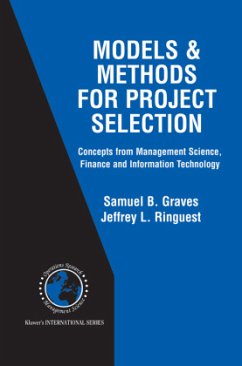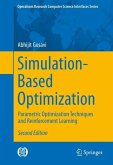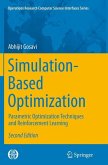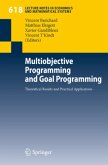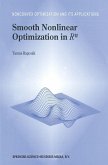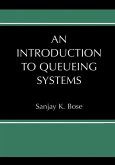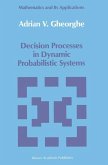Models & Methods for Project Selection systematically examines in this book treatment the latest work in the field of project selection modeling. The models presented are drawn from mathematical programming, decision theory, and finance. These models are examined in two categorical streams: the management science stream and the financial model stream. The book describes the assumptions and limitations of each model and provides appropriate solution methodologies. Its organization follows three main themes:
_Criteria for Choice: Chapters 1-3 investigate the effect of the choice of optimization criteria on the results of the portfolio optimization problem.
_Risk and Uncertainty: Chapters 4-7 deal with uncertainty in the project selection problem.
_Non-Linearity and Interdependence: These chapters deal with problems of non-linearity and interdependence as they arise in the project selection problem. Chapters 8, 9 and 10 present solution methodologies, which can be usedto solve these most general project selection models.
_Criteria for Choice: Chapters 1-3 investigate the effect of the choice of optimization criteria on the results of the portfolio optimization problem.
_Risk and Uncertainty: Chapters 4-7 deal with uncertainty in the project selection problem.
_Non-Linearity and Interdependence: These chapters deal with problems of non-linearity and interdependence as they arise in the project selection problem. Chapters 8, 9 and 10 present solution methodologies, which can be usedto solve these most general project selection models.
From the reviews:
"This book presents the latest developments in the area of project selection management. ... Each chapter contains (at the end) numerous references where the interested reader can find further information on the topics covered, and some chapters are highlighted with sample SAS computer code." (Efstratios Rappos, Zentralblatt MATH, Vol. 1103 (5), 2007)
"This book presents the latest developments in the area of project selection management. ... Each chapter contains (at the end) numerous references where the interested reader can find further information on the topics covered, and some chapters are highlighted with sample SAS computer code." (Efstratios Rappos, Zentralblatt MATH, Vol. 1103 (5), 2007)

